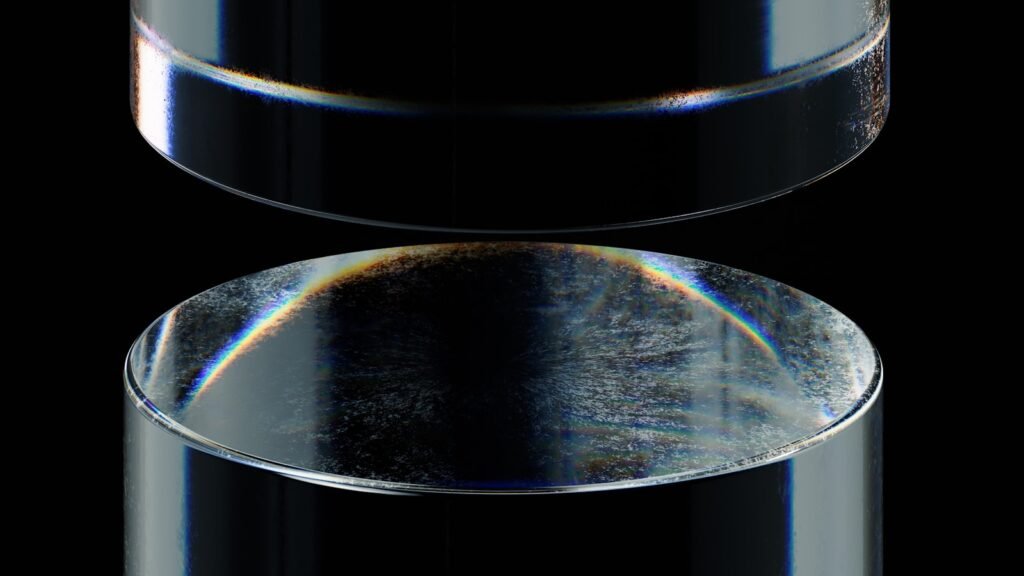Imagine listening to the universe’s faintest whispers not with laser interferometers stretching kilometers, but with magnets humming softly in a cryogenic hall. That’s the audacious promise of new research showing that powerful superconducting magnets – some already being built for dark matter hunts – could double as detectors for high‑frequency gravitational waves. It’s a twist worthy of a physics thriller: the hardware is here, the theory is fresh, and the frequency band is one we’ve largely missed. If it holds up in the lab, we may be on the verge of opening an entirely new window on the cosmos, one that complements the laser‑based observatories that made their first detection in 2015.
The Hidden Clues
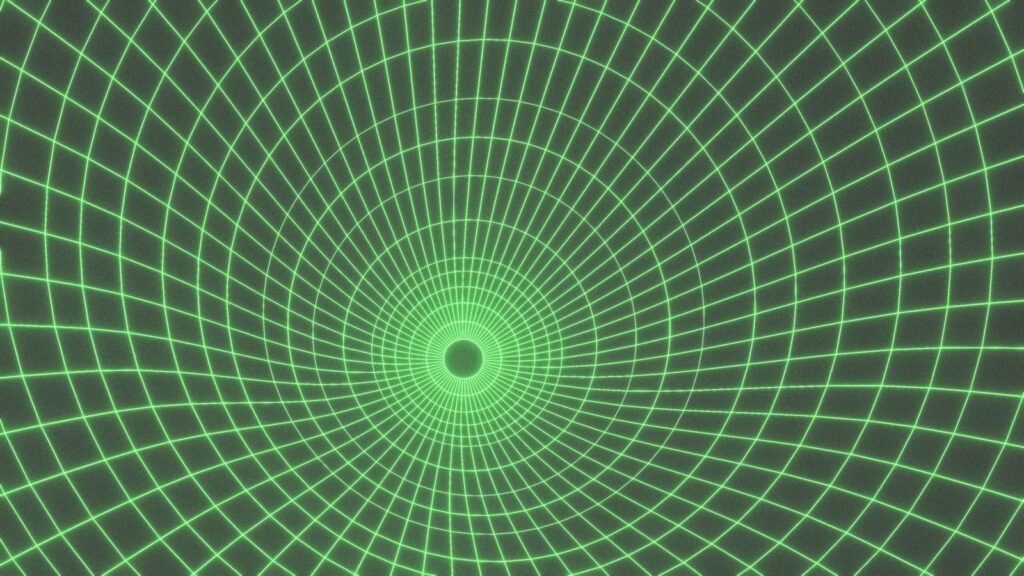
What if a magnet the size of a room could “hear” ripples in spacetime that giant interferometers barely touch? That’s the hook behind a 2025 Physical Review Letters study proposing that magnets act as modern Weber bars, responding to passing gravitational waves by generating tiny, telltale electrical signals. The idea leverages enormous magnetic energy stored in superconducting coils, plus exquisitely sensitive quantum readouts that already exist for axion dark matter experiments. Crucially, this approach targets kilohertz to megahertz frequencies – a range where our current detectors have limited reach. It’s less about replacing LIGO and more about adding a new ear to the cosmic orchestra, tuned to the higher notes we’ve long suspected were there.
From Ancient Tools to Modern Science
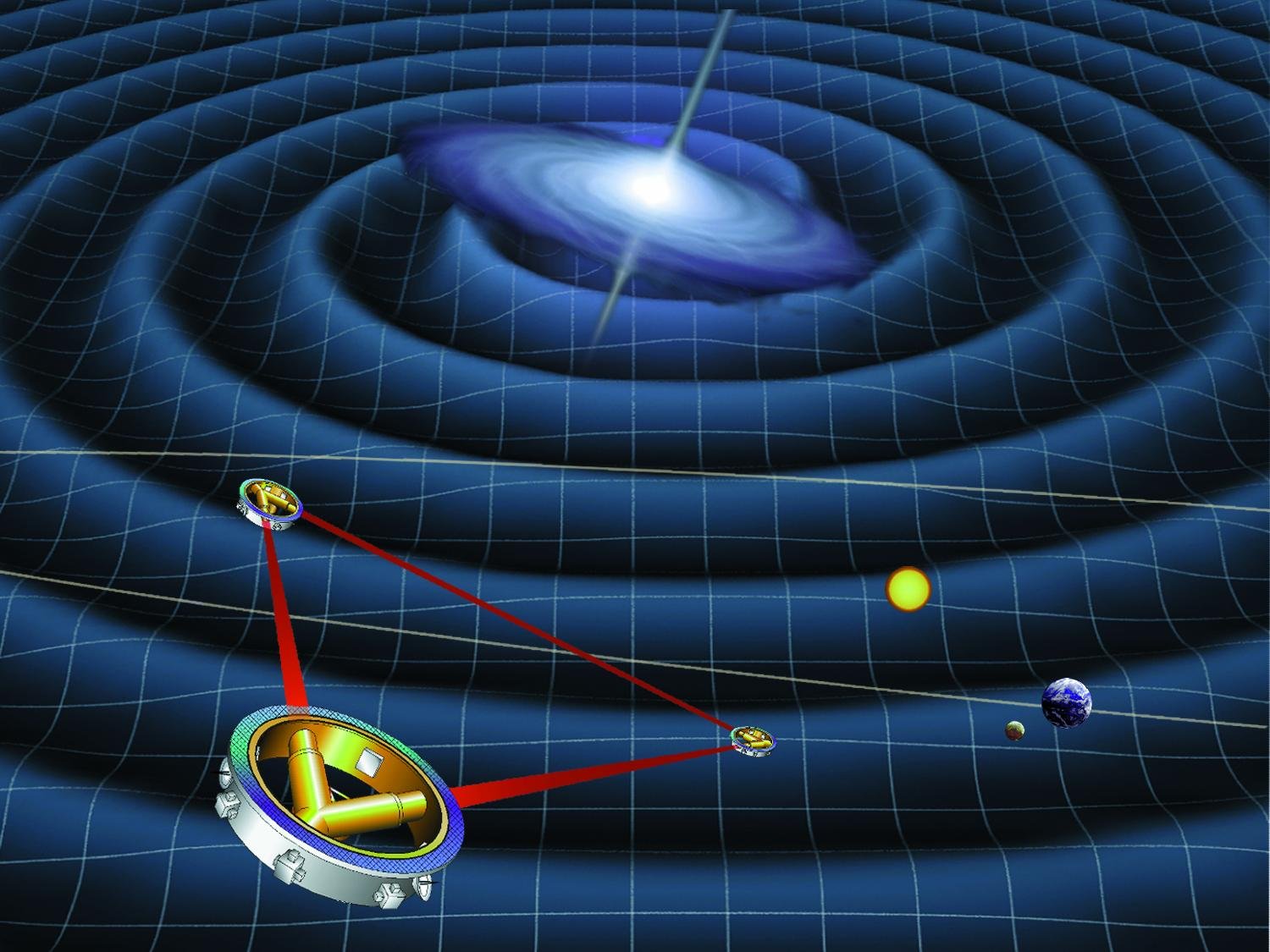
The concept riffs on a classic: in the 1960s, Joseph Weber built massive metal cylinders to resonate when a gravitational wave passed by, a pioneering attempt that ultimately fell short outside narrow bands. The magnetic reboot solves that key limitation by letting a magnet’s stored energy do the heavy lifting across a broad range, translating spacetime’s tug into an electromagnetic signal from the start. Off‑resonance sensitivity – a notorious problem for mechanical bars – improves dramatically because the readout is inherently electromagnetic.
Think of it as swapping a delicate tuning fork for a sturdy guitar amp: you still want good acoustics, but you’re no longer hostage to a single note. The result is a detector concept that’s inherently broadband and compatible with hardware already being planned or installed.
How a Magnet Hears Spacetime
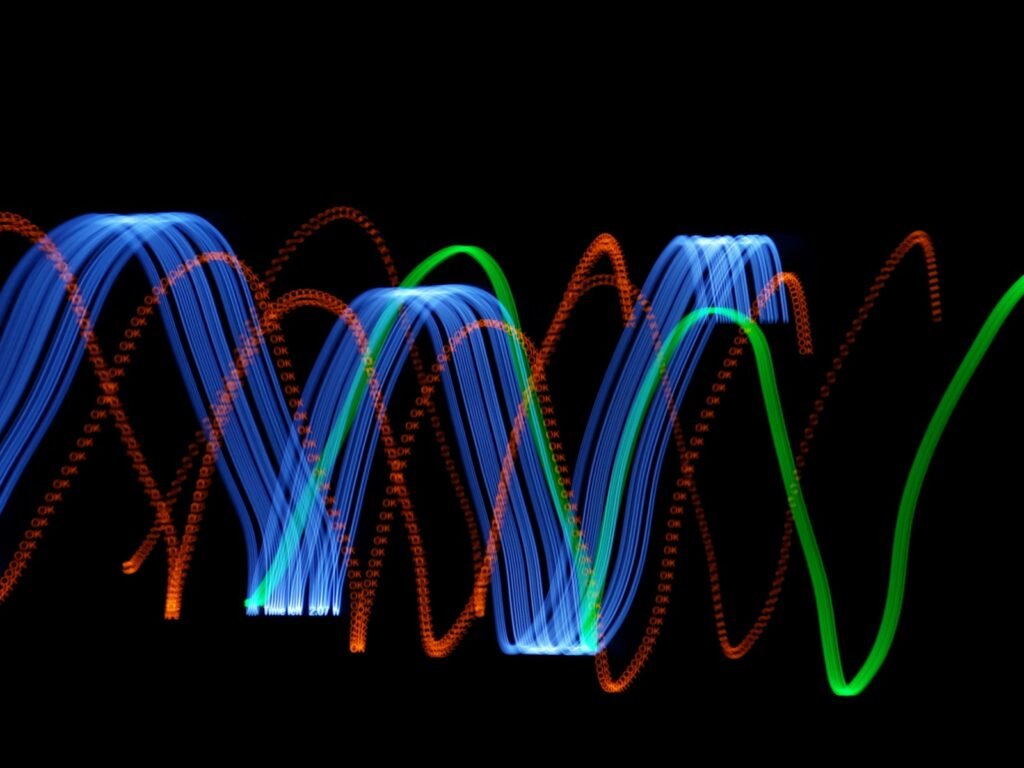
When a gravitational wave ripples through a superconducting magnet, it subtly deforms the coil and support structure, jiggling the current‑carrying wires. Those motions produce a faint, oscillating magnetic field – an AC whisper riding atop the DC field – that a pickup loop and SQUID sensor can read out. The theory paper quantifies this conversion and shows how sensitivity is set by both the magnet’s mechanical resonances and its electromagnetic dynamics.
In realistic setups, the reachable strain noise could span from a few kilohertz up toward roughly about ten megahertz, with best performance near specific resonant features and with quantum‑limited readouts. It’s a clean, direct coupling chain: spacetime pushes, currents sway, the field quivers, the sensor listens.
The Hidden Frequencies We’ve Been Missing
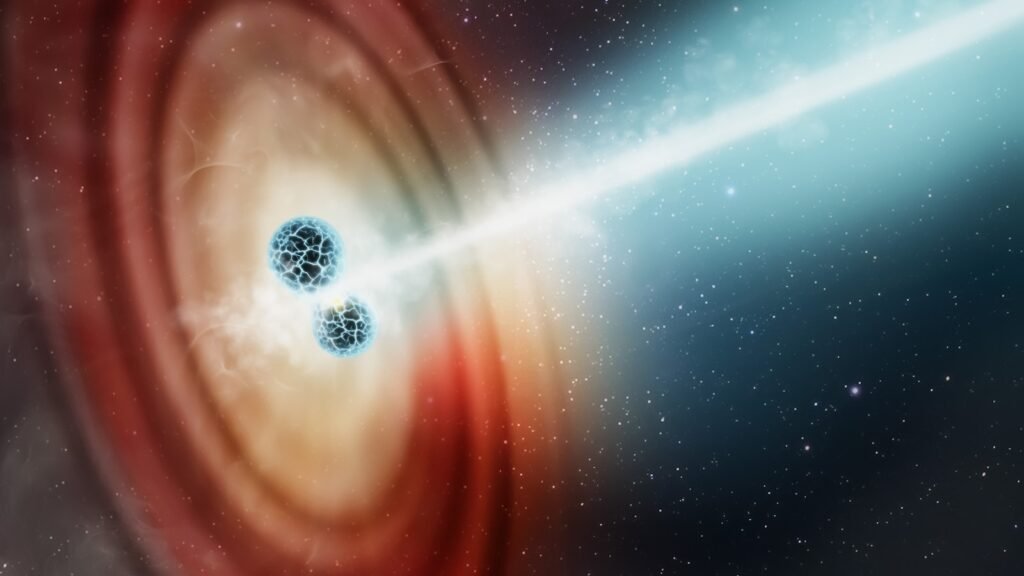
Laser interferometers like LIGO excel from tens to thousands of hertz, where black hole and neutron star mergers sing their deepest notes. But above that – kilohertz into the megahertz – lies a largely uncharted band that could host signals from primordial black hole binaries, exotic phase transitions in the early universe, or even cosmic strings. Magnet‑based detectors slot naturally into this space, potentially bridging the gap between ground‑based lasers and tabletop quantum devices.
A recent pathfinder study even repurposed a small axion apparatus, ABRACADABRA‑10 cm, to demonstrate a first search in the tens of kilohertz to a few megahertz range, hinting that dual‑purpose instruments are viable. The bet is simple: where lasers dim, magnets might glow.
What Experiments Could Try It First
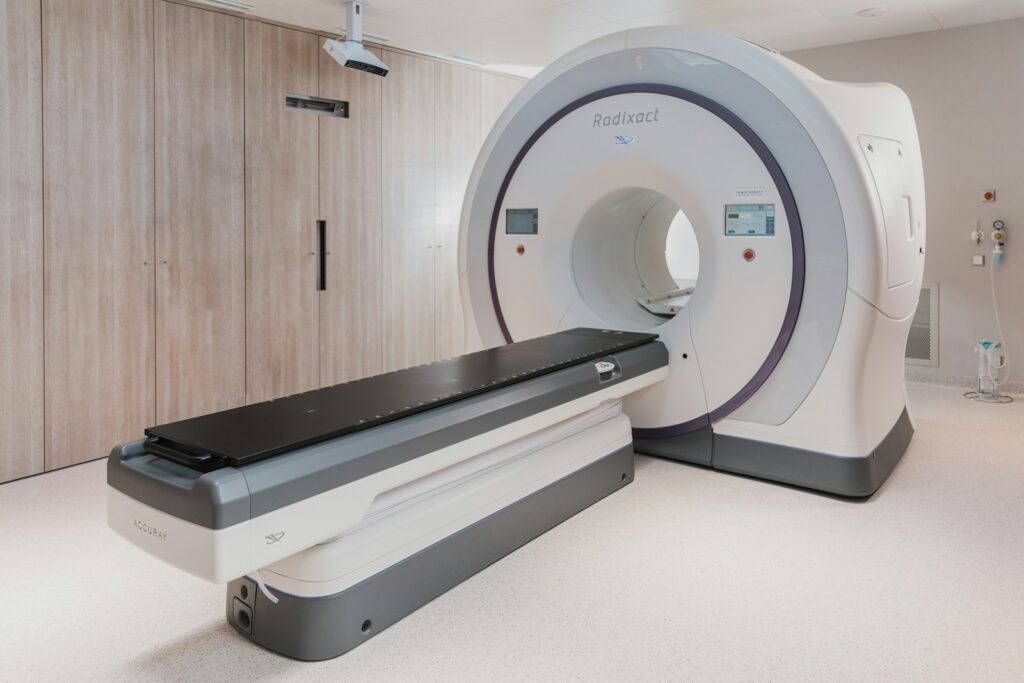
The most natural early adopters are axion dark matter programs already built around large, ultra‑quiet magnets and SQUID‑class sensors. Projects such as DMRadio‑50L and DMRadio‑m3 plan to operate across roughly audio to VHF‑like bands and could, in principle, piggyback gravitational‑wave readouts with modest modifications. Likewise, the ADMX‑EFR effort employs an MRI‑scale magnet whose sheer magnetic energy is tailor‑made for the proposed “magnetic Weber bar” strategy. The key advantage is cost and speed: much of the infrastructure – cryogenics, shielding, quantum‑limited electronics – is already on the floor. Rather than inventing a new observatory, researchers can trial this concept within systems they know well.
Why It Matters
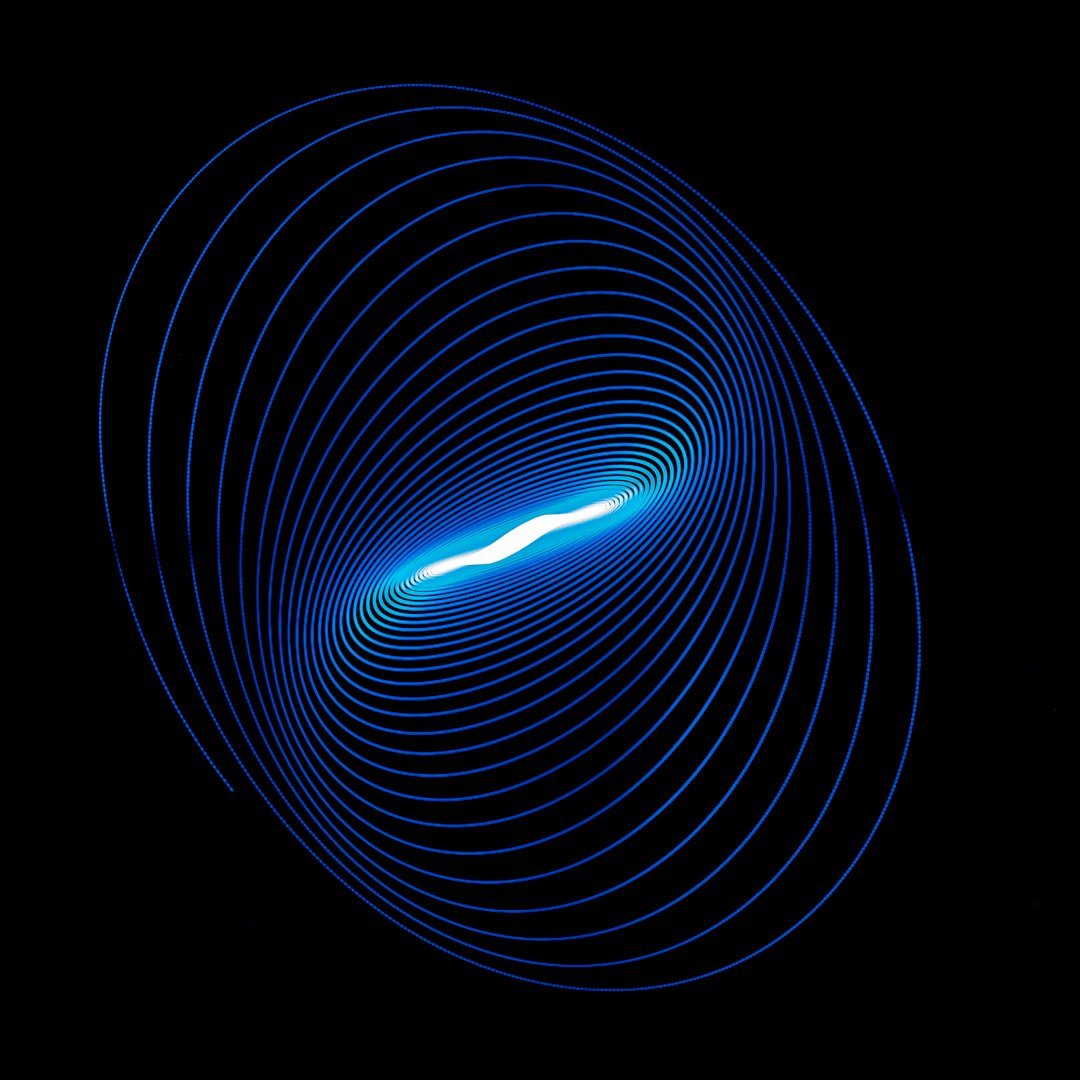
Opening a new frequency band isn’t a minor tweak; it’s a shift in what the universe can tell us. High‑frequency gravitational waves probe smaller, faster, and often earlier‑universe processes that complement the heavy, slow dances LIGO observes. Because magnets yield electromagnetic signals directly, they avoid some of the mechanical‑to‑electrical conversion penalties that limited the original Weber bars, offering a path to broad, continuous coverage. And since many components live in existing dark‑matter labs, the time and funding needed to stage first searches could be dramatically lower than building fresh facilities from scratch. It’s a rare case in big science where reuse isn’t a compromise – it’s the feature.
- Typical laser interferometer band: tens to thousands of hertz; magnet concepts aim for kilohertz to roughly about ten megahertz.
- Proposed quantum‑limited readouts target strain noise around roughly the order of one part in ten to the twentieth per root hertz in select ranges.
- Tabletop tests have already attempted high‑frequency searches using axion hardware, demonstrating dual‑use feasibility.
These points underscore a complementary, not competitive, path: multi‑band gravitational‑wave astronomy built from diverse instruments.
The Future Landscape
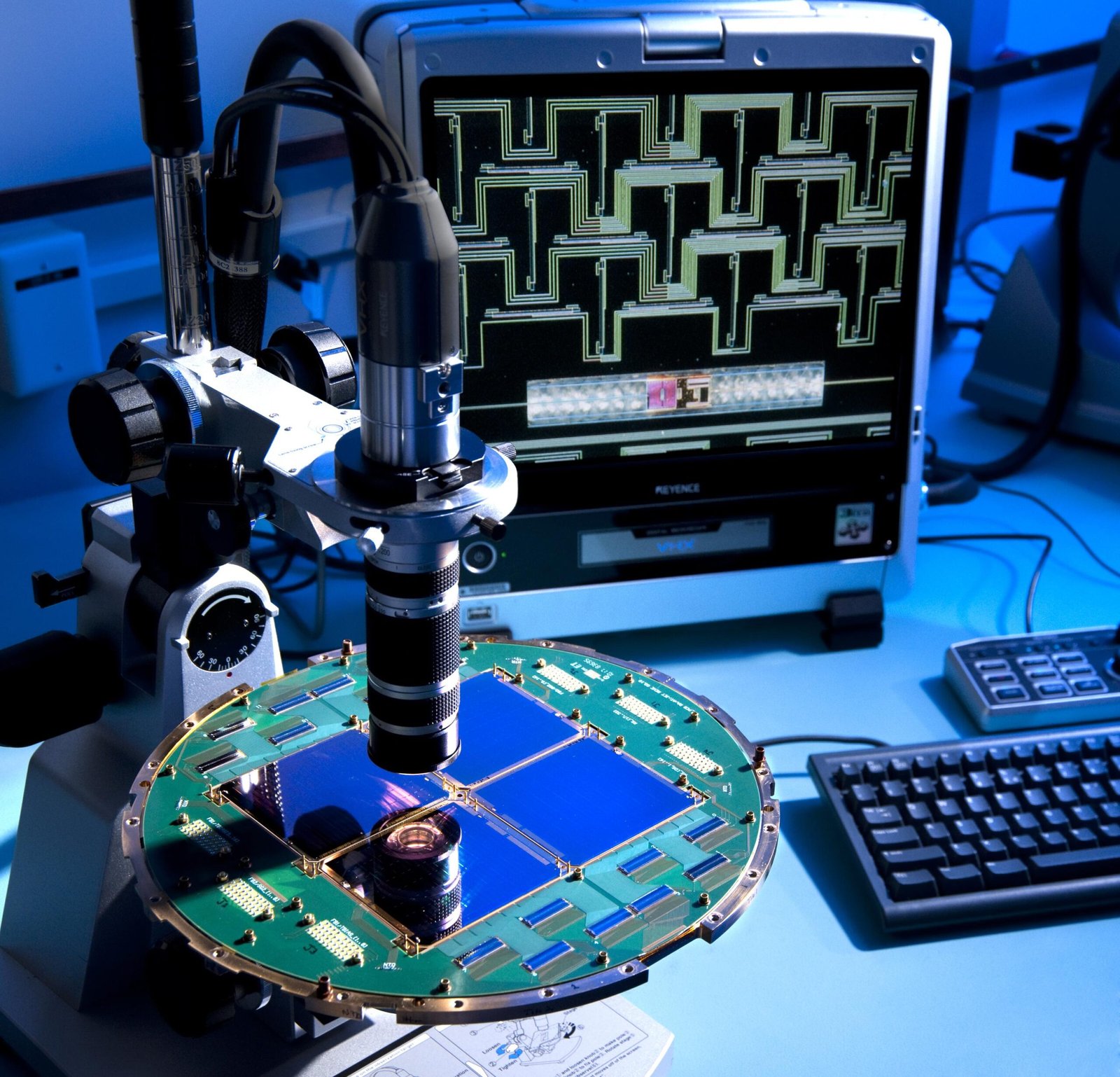
Turning theory into detection will demand meticulous engineering: isolating vibrational noise, taming thermal drifts, and managing electromagnetic interference in the same tight confines that make magnets attractive. Quantum readouts such as SQUIDs and radio‑frequency upconverters promise sub‑quantum‑limit performance, but they require careful calibration and cross‑checks to avoid confusing spurious tones with spacetime signals. A clever next step would be networks – multiple magnets, possibly at different labs, listening together so coincidences can veto false alarms and build confidence.
Other proposals, like magnetically levitated superconducting spheres, sketch complementary, broadband sensitivity in the kilohertz to megahertz corridor, making a diverse ecosystem more likely than a single silver bullet. If even one of these paths nets a verified detection, we could seed a new era of compact, multi‑messenger observatories.
Conclusion
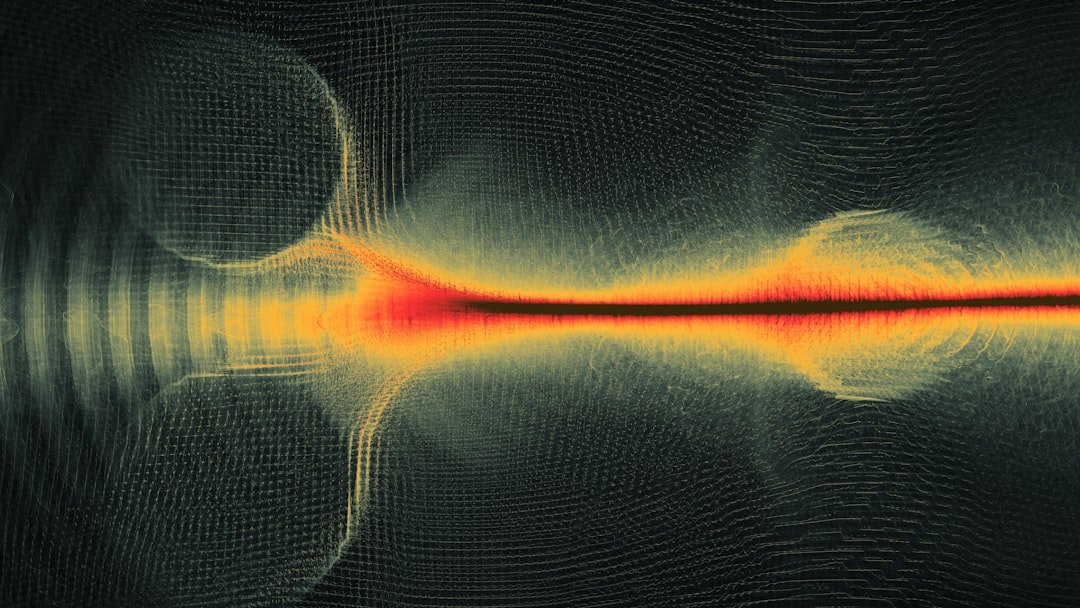
Stay curious and follow updates from gravitational‑wave and dark‑matter collaborations as they test magnet‑based listening posts; public preprints often appear months before journal papers. If you’re near a university or national lab, watch for open‑house days to see cryogenic magnets and quantum sensors up close – the scale and silence are unforgettable. For those who like to pitch in, citizen‑science platforms occasionally host data challenges that sharpen search techniques across frequency bands. And if you’re able, support basic research through philanthropy or by advocating for sustained federal funding; these ideas move from whiteboard to lab bench only with steady backing. This is how we turn a bold proposal into a real‑world instrument.

Suhail Ahmed is a passionate digital professional and nature enthusiast with over 8 years of experience in content strategy, SEO, web development, and digital operations. Alongside his freelance journey, Suhail actively contributes to nature and wildlife platforms like Discover Wildlife, where he channels his curiosity for the planet into engaging, educational storytelling.
With a strong background in managing digital ecosystems — from ecommerce stores and WordPress websites to social media and automation — Suhail merges technical precision with creative insight. His content reflects a rare balance: SEO-friendly yet deeply human, data-informed yet emotionally resonant.
Driven by a love for discovery and storytelling, Suhail believes in using digital platforms to amplify causes that matter — especially those protecting Earth’s biodiversity and inspiring sustainable living. Whether he’s managing online projects or crafting wildlife content, his goal remains the same: to inform, inspire, and leave a positive digital footprint.

